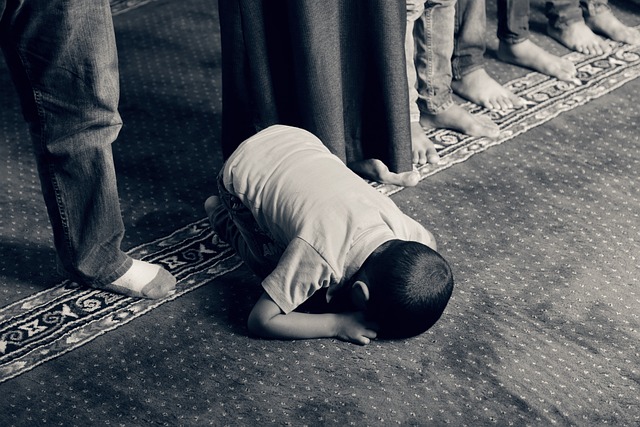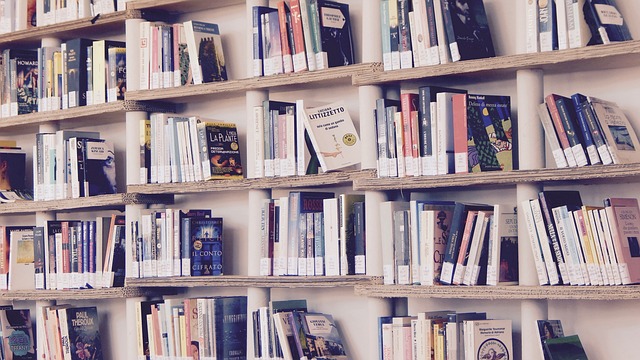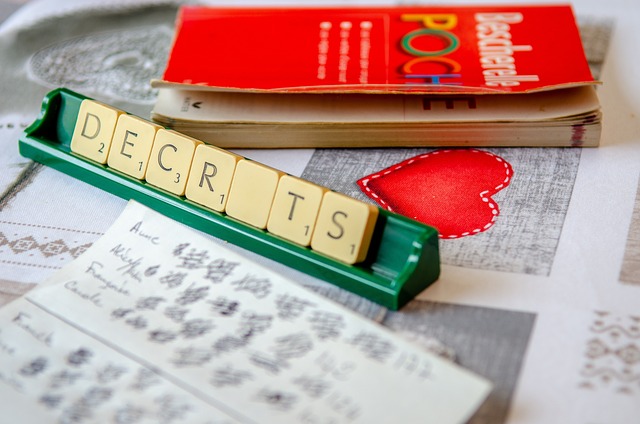A great investment in a child’s future development is early Arabic education. The rich cultural and spiritual history of Arabic language contributes significantly to the formation of children’s identities and viewpoints.
Arabic is important for toddlers for many of reasons, for example the significance of Islamic education and the development of brain capacity.
- Connection to Religious Identity: The Quran, the holy book of Islam, is written in Arabic. As a result, children who study Arabic are better able to connect with Islamic principles and their own religious identity.
- Development of Cognitive Skills: Teaching Arabic to toddlers at young age helps them develop their logical reasoning, memory, and problem-solving abilities.
- Relationships with Arabic Culture: Learning Arabic provides an insight into the rich and varied Arabic culture. Children can have a deeper understanding of Arabic cultural values, customs, and history by studying the language.
Read More: Nyepi and Ramadhan: Fostering Religious Tolerance
Establishing a solid language foundation, fostering religious identification, and fostering communication skills are three primary goals of early-grade Arabic education.
- Establishing a Solid Language Foundation: Assisting young children in developing a solid language foundation is the main objective of Arabic instruction. Youngsters pick up the fundamental vocabulary, grammar, and speaking abilities needed for Arabic communication.
- Fostering Religious Identity: Through the study of Arabic, Arabic education also seeks to fortify children’s religious identities and expose them to Islamic principles.
- Fostering communication skills: Encouraging children to communicate more effectively in Arabic, both orally and in writing, would enable them to engage with others in their community with assurance.
Young children who receive an Arabic education also benefit greatly. A greater grasp of religion can be attained by first assisting them in comprehending and learning the verses of the Koran from the beginning.
Furthermore, acquisition of Arabic language skills might enhance cognitive functions including problem-solving, abstract thought, and memory.
Additionally, it provides students with additional chances to speak widely in a globe growing more interconnected and to comprehend Arab culture.
Teaching strategies are needed in order for students to comprehend the subject matter. A play method is one of the suggested approaches, where kids may simply learn through enjoyable activities while having fun. Similar to how Arabic is taught:
Singing Techniques
Singing has a great effect on children’s interest in learning and also relieves students of tension and saturation during continuous teaching and learning activities. As a result, the use of singing in preschool classes no longer seems strange.
Reading Approach
The reading approach involves reading aloud and slowly while presenting the content. Training kids to read Arabic letters accurately and fluently is the goal.
Memorizing Methods
Memorizing is a method of delivering Arabic materials in which pupils must memorize Arabic letters, phrases, and sentences. Because students are used to memorizing Arabic characters, the goal is to develop and train their memory, as well as to make learning Arabic easier.
Translation Techniques
The translation technique is a method of delivering language learning materials that involves translating them into the mother tongue.
It can be inferred that early childhood Arabic education significantly influences the formation of the children’s developmental foundations.
Read More: The Influence of Globalization on Indonesian Traditional Art
Speaking Arabic is not only a way to communicate; it’s also a way to gain a deeper comprehension of religion, improve cognitive abilities, and appreciate the diversity of Arab culture.
Children who learn Arabic from an early age will grow up to be more knowledgeable, capable adults with a strong sense of self, and they will be better equipped to meet the problems of the future.
In order to give kids a strong foundation for their futures, it is crucial that parents and educators recognize the significance of Arabic language instruction in their development.
Author: Syifa
Student of Arabic Language Education, University of Muhammadiyah Prof. Dr. Hamka
References
Baroroh, R. U., & Rahmawati, F. N. (2020). Metode-Metode Dalam Pembelajaran Keterampilan Bahasa Arab Reseptif. Urwatul Wutsqo: Jurnal Studi Aziz Muzayin, & Meitia Faramida Sugiharyati. (2023). Pembelajaran Bahasa Arab Pada Anak Usia Dini Untuk Memahami Al-Qur’an. Ash-Shobiy: Jurnal Pendidikan Islam Anak Usia Dini Dan Al-Qur’an, 2(1), 41–53. https://doi.org/10.33511/ash-shobiy.v2n1.41-53
Kependidikan Dan Keislaman, 9(2), 179–196. Zukhaira. (2010). Pengenalan Bahasa Arab Melalui Nyanyian Pada Anak Usia Prasekolah Di Tk Islam “Mutiara Hati.” Jurnal Abdimas, 14(1), 25492.
Kurniawan, I., Hamat, A. Al, & Kattani, A. H. Al. (2021). Metode Pembelajaran Kreatif Mata Pelajaran Bahasa Arab Untuk Kelas 1 Sekolah Dasar Islam. Idarah Tarbawiyah: Journal of Management in Islamic Education, 2(1), 13. https://doi.org/10.32832/itjmie.v2i1.3426
Aziz Muzayin, & Meitia Faramida Sugiharyati. (2023). Pembelajaran Bahasa Arab Pada Anak Usia Dini Untuk Memahami Al-Qur’an. Ash-Shobiy: Jurnal Pendidikan Islam Anak Usia Dini Dan Al-Qur’an, 2(1), 41–53. https://doi.org/10.33511/ash-shobiy.v2n1.41-53
Editor: I. Khairunnisa
Bahasa: Rahmat Al Kafi







